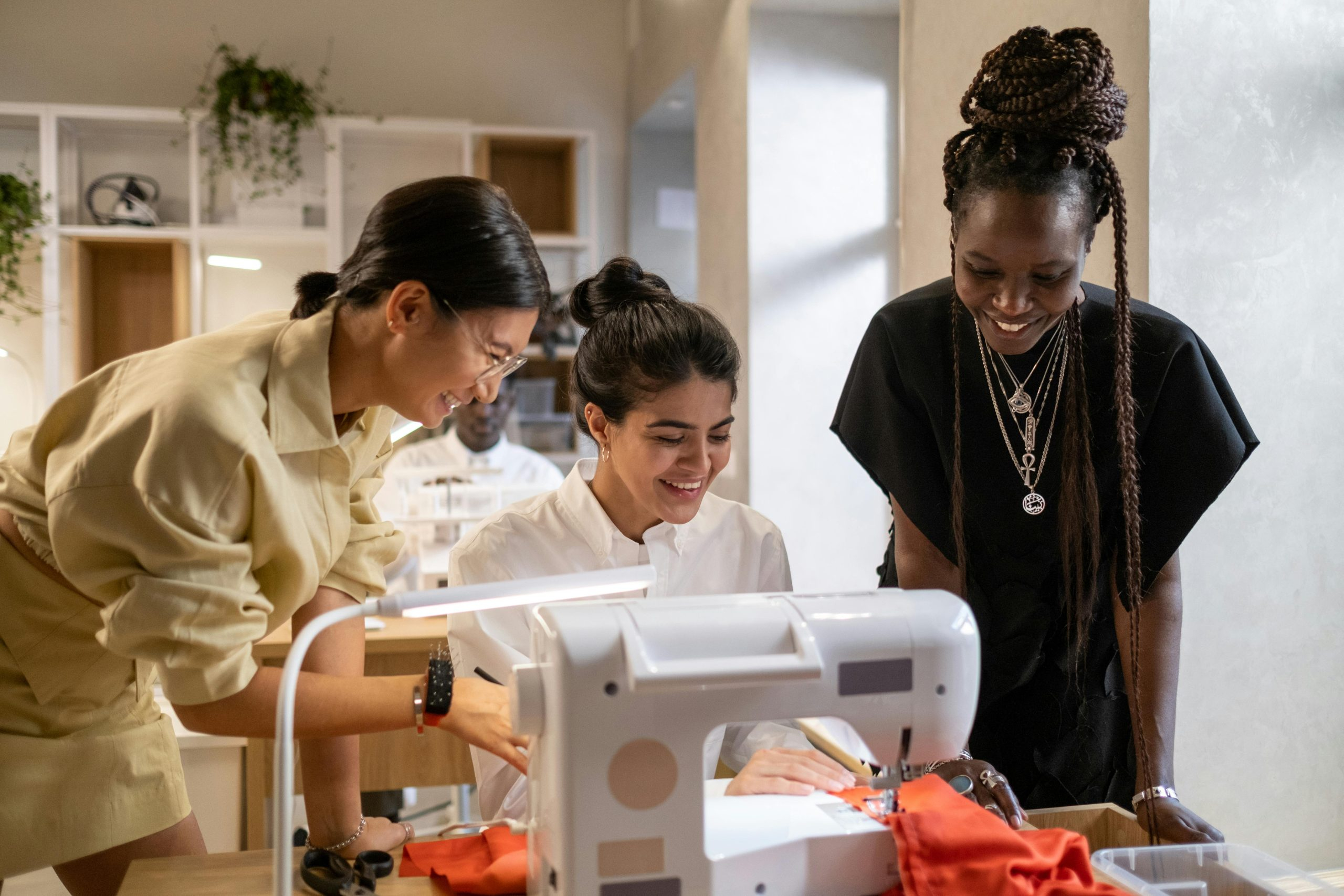The Evolution of Children’s Retail: From Gender Separation to Inclusive Design
Welcome to the ever-evolving world of children’s retail. For decades, the retail industry has been heavily influenced by gender norms and stereotypes, with products and designs specifically targeted towards either boys or girls. However, in recent years, there has been a significant shift towards inclusivity and breaking down these traditional barriers. The evolution of children’s retail has been a long and complex journey, and in this article, we will explore how it has transformed from gender separation to inclusive design.
The Beginning of Gender Separation in Children’s Retail
Before we delve into the evolution of children’s retail, it’s essential to understand where it all began. The concept of gender separation in children’s retail can be traced back to the early 20th century. During this time, societal norms placed strict expectations on how boys and girls should dress and behave. Girls were expected to wear dresses and skirts in pastel colors, while boys were dressed in pants and shirts in dark colors.
Fast forward to the 1950s, and the rise of consumerism and mass production brought with it a boom in the children’s retail industry. Retailers began capitalizing on the concept of gender separation, with stores and products being divided into “boys” and “girls” sections. This marketing tactic proved to be highly successful, with parents feeling pressured to buy gender-specific clothing and toys for their children.
A Shift Towards Inclusivity: Breaking Down Gender Stereotypes
In the late 20th century, as social norms and ideologies started to shift, so did the concept of children’s retail. With the rise of feminism and the LGBTQ+ movement, there was a growing demand for more inclusive options for children. Individuals started challenging traditional gender norms, and retailers began to take notice.
The 1990s saw the first significant break from gender separation in children’s retail with the introduction of gender-neutral clothing lines and products. This shift was a significant step towards inclusivity and paved the way for further developments in the industry.
Inclusive Design: Beyond Pink and Blue
As the demand for inclusive options continued to grow, retailers began to realize the limitations of the traditional “boys” and “girls” sections in their stores. The idea of designing products with a specific gender in mind was becoming outdated and restrictive. Retailers started to embrace the concept of inclusive design, creating products and marketing strategies that catered to all children, regardless of their gender.
Today, clothing lines and products that challenge traditional gender norms can be found in almost every major retail store. Brands have also started using non-binary models in their marketing campaigns, further promoting inclusivity and breaking down gender stereotypes.
The Future of Children’s Retail: A Focus on Individuality and Diversity
The evolution of children’s retail has come a long way, but the journey towards complete inclusivity is far from over. The future of children’s retail lies in a focus on individuality and diversity. Instead of targeting products towards a specific gender, retailers are now shifting their focus towards catering to the unique interests and identities of each child.
The industry is also embracing diversity in terms of size, race, and ability, creating a more inclusive and representative shopping experience for all children.
The Role of Google SEO in Inclusivity
With the rise of online shopping, the role of Google SEO in promoting inclusivity in children’s retail cannot be ignored. As more parents turn to the internet for their shopping needs, retailers must ensure that their website and product descriptions are inclusive and diverse. Using gender-neutral language and avoiding stereotypes in product descriptions can go a long way in promoting inclusivity and diversity.
In Conclusion
The evolution of children’s retail from gender separation to inclusive design is a sign of progress towards a more inclusive and diverse society. With the industry continuing to embrace individuality and diversity, the future of children’s retail looks brighter than ever before. It is essential for retailers to stay updated and adapt to the changing social landscape to ensure inclusivity and representation for all children.









